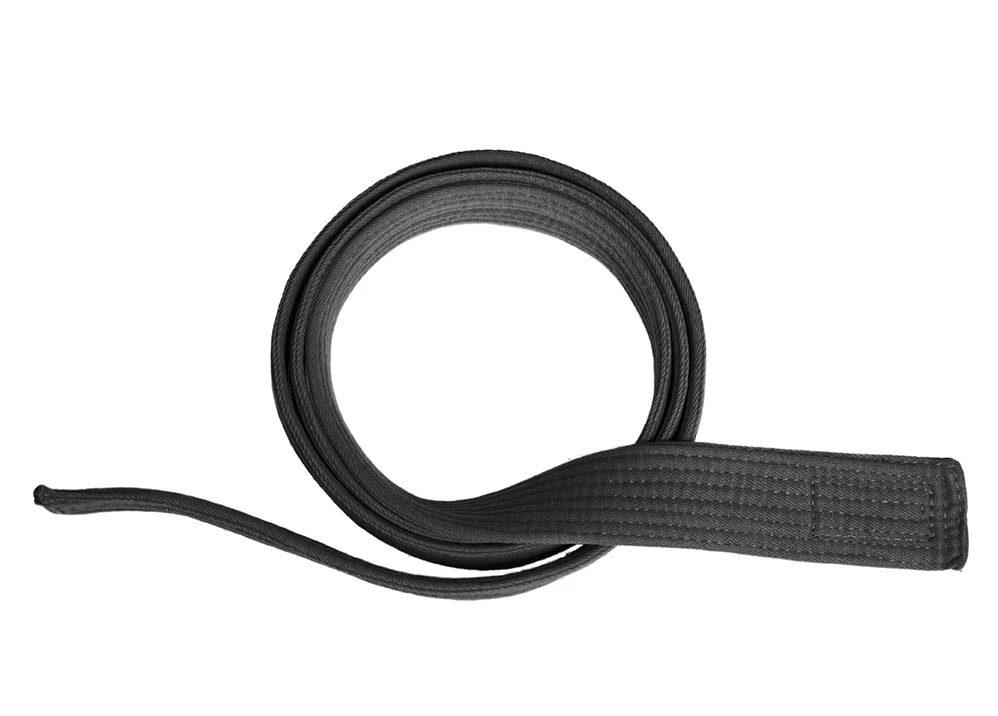Introduction to Agile Lean Sigma
Agile Lean Six Sigma is the more human resource-centered and dynamic combination of three management methods – Six Sigma, Lean and Agile. It marks the progress from a disciplined and structured approach to more vibrant, humane and customer-oriented approach. True to its name, Agile Methodology brings agility in the process.
The Synergy of Agile and Lean Six Sigma
When combined, both systems can be used as guiding principles. Agile brings a lot of flexibility to day-to-day practices, while Lean management includes integrated management practices and continuous improvement. Agile adds scrum teamwork management and extreme programming, resulting in short development cycles and frequent releases. Both use visual management tools effectively.
Maximizing Project Efficiency with Agile and Lean Six Sigma
Agile and Lean Six Sigma together maximize the project efficiency. Next generation Agile, also called Agile Lean Six Sigma blends the tools and techniques of the two methodologies.
Understanding Lean Six Sigma
Lean Six Sigma combines the concepts of Lean and Six Sigma methods. Six Sigma is used to reduce variation, defects, and errors in a process. Lean helps make a product or service faster and more efficient by identifying and eliminating waste. Both use various tools and techniques to improve operational efficiency and effectiveness. Six Sigma applies the concepts of DMAIC – Define, Measure, Analyze, Improve and Control. Lean helps the companies to identify and eliminate anything that does not benefit the customer. Lean makes the process more efficient.
Agile: A Short-Term Solution for Product Development
Generally, Agile is used for short-term solutions to specific product development problems. It uses ‘Sprints’ and ‘stand up meetings every day. Speed, collaboration and efficiency are the thrust areas. Agile focuses on project management and Lean Six Sigma on perfecting the process. Combining the two is the way to provide best value to the customer. Agile methodologies are guiding principles that focus on
adaptability, collaboration, and customer-centricity. Transparency, accelerated value delivery, and enhanced collaboration can be achieved through Scrum, which employs structured sprints and well-defined roles.
Comparative Analysis: Lean vs. Agile
| Lean | Agile | |
|---|---|---|
| Team Models | Work Cells | Self-managing teams |
| Segregating variability | Specialist groups | |
| Relationship Service Cells | End to End cross functional teams | |
| Flow to work | ||
| Working Methods | Kaizan – Believe in small improvements | Kanban |
| Kanban – Visual workflow mamangement | Scrum | |
| Jidoka – Use of self-monitoring Automation | Extreme programming | |
| Other Lean management systems | ||
| Toolkits | Daily performance dialogue | Daily stand-ups |
| Root-cause problem solving | Sprints | |
| 5 S workspace management | ||
| Visual management |
Complementary Nature of Agile and Lean Six Sigma
When combined with Lean methodologies, there is reduced waste, and improved efficiency. The chief interest of Lean Six Sigma remains in providing more value to the customers. Lean has a legacy of 70 years and Agile is comparatively a recent phenomenon. Some companies believe that they are mutually exclusive. However, they have some shared principles which make them compatible. Both of them believe in customer feedback and its incorporation. The level of compatibility is found in team models, methods of working and the toolkits used by both across the organization.
Bridging Flexibility and Process Control
Agile and Lean Six Sigma complement each other in the following ways.
- The combination bridges the gap between flexibility and process control.
- Agile can use the analytical tools to make the goals and results clear and measurable
- This collaboration provides a structured framework for continuous improvement within Agile
- It makes iterative development cycles increasingly efficient and customer-focused.
- The combination also uses Agile’s adaptability and customer-centricity with the precision of Six Sigma.
Steps for Successful Integration of Agile and Lean Six Sigma
The process can be made successful through the following 10 steps suggested by Techno-pedia.
- Clearly state integration goals, such as reducing defects or optimizing processes.
- Identify Agile projects where Lean Six Sigma can provide value.
- Form a cross-functional team comprising Lean Six Sigma champions and Agile coaches.
- Ensure team members have a comprehensive understanding of both methodologies.
- Use DMAIC to analyze and identify inefficiencies in Agile processes.
- Apply Lean principles to eliminate waste and enhance value delivery.
- Promote a culture of continuous improvement within the organization.
- Assign roles with Lean Six Sigma champions guiding the use of tools and Agile coaches maintaining Agile principles.
- Regularly monitor and track the impact of Lean Six Sigma integration, ensuring sustainability.
- Communicate the benefits and successes of Lean Six Sigma in Agile environments.
Application of Different Models
However, the application of different models and their combination and scale of use depend upon the nature of activity. For example, creative and customer-facing activities require a different model than repeatable, operational activities.
Example Models
- The End to End cross-functional Squads require a combination with expert choreography when dealing with quality assurance, engineering support or business partnering
- The HR services, Data Management and Design Support activities will require flow to work and segregating variability.
- Work cells combined with self-managed teams can deal with more predictable and less variable activities such accounting, reporting, procurement, performance management, resource accounting and production
Agile Lean Sigma: Departmental Application
A company may or may not use Agile Lean Six Sigma in its entirety. It is found that some departments in a company may use Lean and Six Sigma methods and others use Agile.
Agile alone has been proven useful at team level but it is less effective with cross–functional teams, portfolio or prioritizing work. In such cases, it is advisable to combine it with Lean Six Sigma for continuous improvement methods. The more experienced staff can be used as mentors and the cross-functional teams can be empowered.
Case Studies and Benefits
Many case studies have shown that businesses face problems due to lack of project management efficiency and need to respond to changing client requirements. When they introduced ‘Agile’ methods to promote proactive attitude with encouragement to taking risk among employees or with more autonomy to employees, those companies could get positive results.
- There was more communication and collaboration
- Continuous improvement boosted the confidence of the employees
- Celebration of small achievements resulted in encouragement for other teams
- Team members felt empowered due to increased autonomy
- Since there is more collaboration, there is more trust and transparency.
Leadership in Agile and Lean Six Sigma Integration
However, integration of Agile and Lean Six Sigma requires strong and effective leadership. The biggest Leadership difference between Lean Six Sigma and Agile is the concept of emergent and shared leadership in projects. Emergent Leaders and shared leadership are the major points of concern for this combination as in Agile teams, different team members can emerge as leaders depending upon the task. It is different from the typical Lean Six Sigma project leadership of a Black belt.
The Agile Team puts the self-organizing team at the center to facilitate informal communication. It also requires recognition and acceptance from the organizational leadership. They should accept that everything cannot be known or planned.
Conclusion
Agile Lean Six Sigma can be a fruitful endeavor which requires an open mindset with readiness to combine the more rigorous methods of Lean Six Sigma with the more flexible, ever-shifting methodologies of Agile.




0 Comments